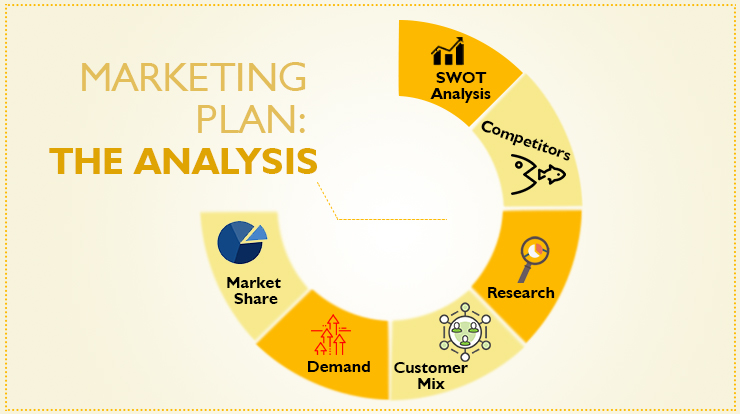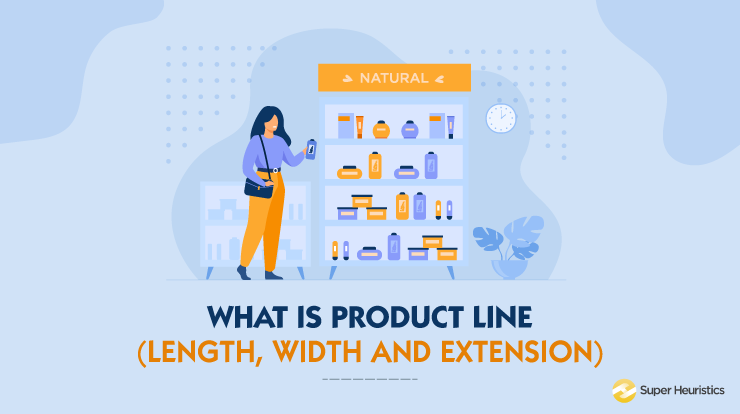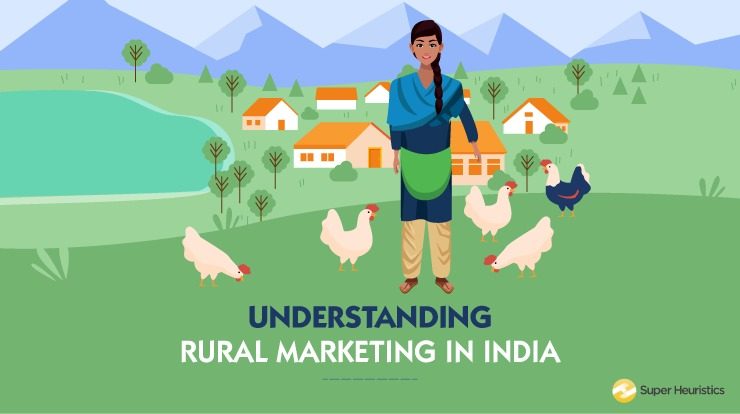
During my work experience at an ed-tech company in Delhi, I was working alongside quite a few product managers. My boss himself was a product manager of a larger portfolio of products. In my initial days, I wasn’t involved in the pricing of the products that I co-created. But I always wondered the same thing that you are wondering right now – How to price your product?
You are an MBA or already a marketer, you know it, someday, sooner or later, you have to do it yourself. It is a myth, in today’s time at least, that pricing is only the senior management’s job.
This is untrue.
With the number of startups coming up and established organizing trying to operate as startups – companies have put their trust in intrapreneurial teams within the organization.
This has taken all the product level decisions including pricing down to those teams.
And therefore you can not be in the perpetual search for the answer to this question that has been in your mind –
How to price your product?
Why is pricing so important?
Pricing is one of the 4P’s of marketing – Product, Price, Place and Promotion. But there is an extremely significant way in which pricing is different from the rest of the three Ps.
The rest of the three Ps – Product, Place, Promotion – look at creating, delivering and communicating value. Whereas, the price is an organization’s attempt to capture some value in the form of profits.
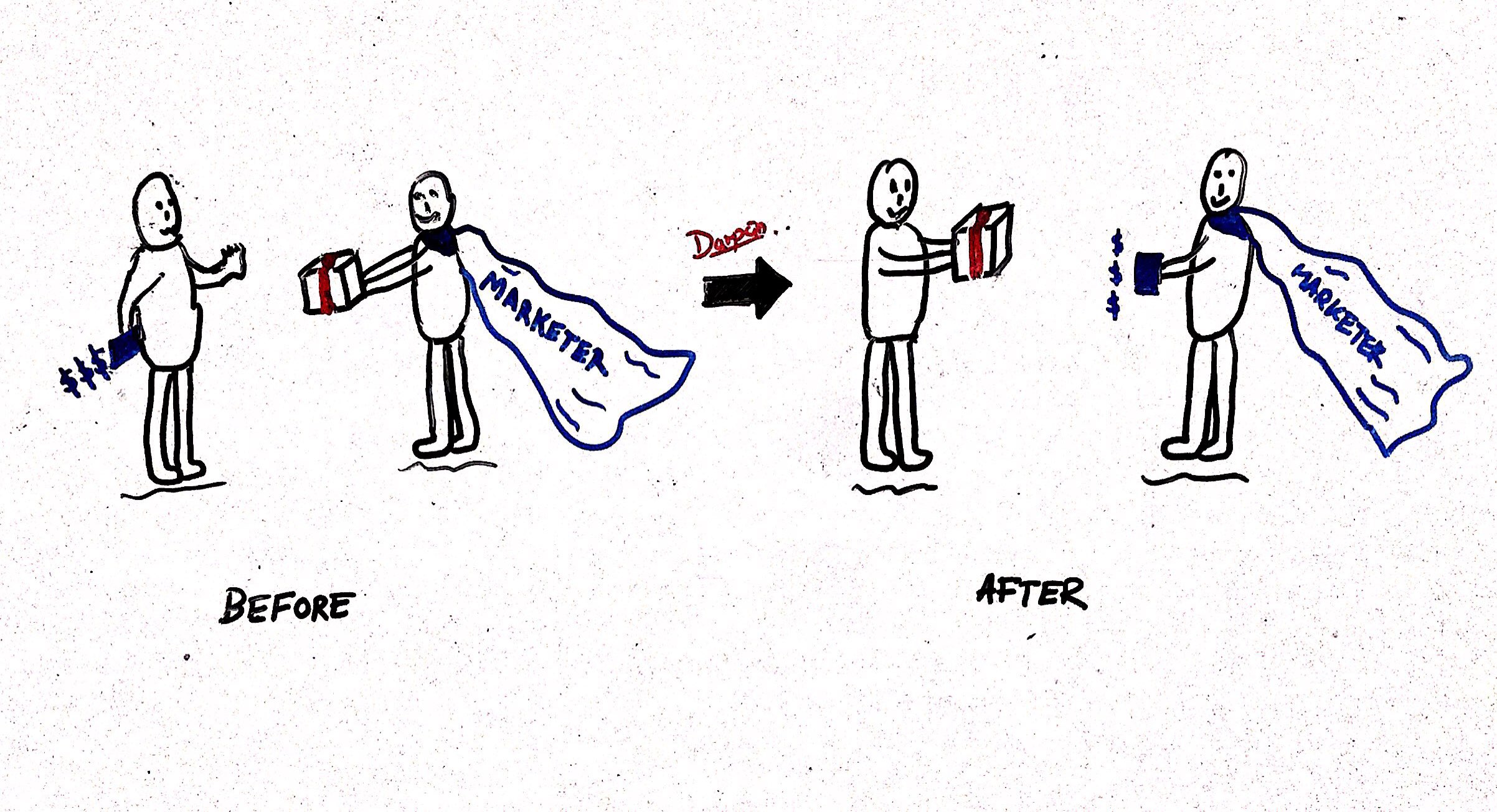
Thomas T. Nagle captures this thought quite well in his book on Pricing Strategy where he says,
“If effective product development, promotion, and placement sow the seeds of business success, effective pricing is the harvest.”
The way companies and marketers think about pricing strategies has changed over the years. You could trace it back to the early days in the telecommunication industry where the standard pricing strategy was pay-per-minute.
That has evolved into far more innovative pricing strategies of family plans and other kinds of subscription plans.
The telecom industry is witnessing another wave of innovation in pricing with a more subscription type of pricing where you essentially buy data and everything goes with it.
This is obviously thanks to Reliance Jio’s entry in this situation in India.
Coming back to the point – behind any pricing strategy – your aim as a marketer should be to increase the revenue and the profitability.
If given a choice between chasing revenue growth and profitability – profitability offers a surer and sustainable path towards a good market performance of the company that you work for.
But, it takes more than just the right pricing strategies and the right aim to really succeed at pricing.
What is it that will ensure that neither are you overpricing your product nor underselling and leaving money on the table?
There are some fundamentals to that.
Questions to ask BEFORE ‘How to price your product’
Here is what the crux of strategic pricing is – start thinking from the customers end instead of from the product’s end.
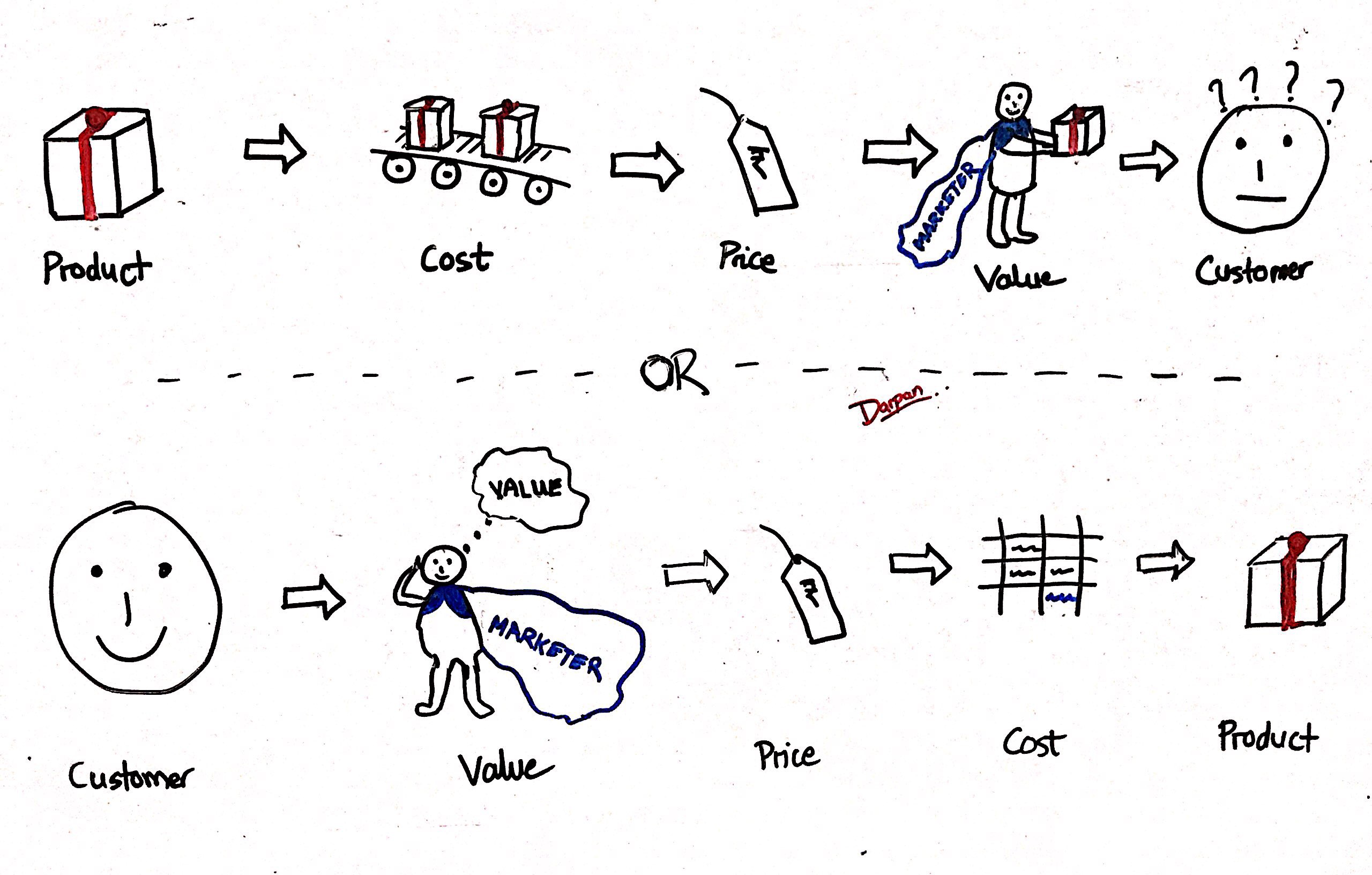
In fact, successful pricing strategies are those which involve pricing much before beginning product development.
There is a reason why over the many years (and since quite sometime now) pricing as a process has moved from the Finance department to the Marketing department.
The reason is simple, pricing is a completely customer oriented decision and the marketing team is the closest to the customer.
So what are the right questions that will ensure that your pricing strategies remain customer-oriented?
For a start, instead of asking – “What price should we keep to cover our costs?”,
you should be asking – “What cost of production should we target so that we can make a good profit at the prices achievable with the customers?”
And also, instead of wondering about – “What price is the customer willing to pay for this product?”,
ask yourself – “How can I communicate to the customer about the benefits and increase his willingness to pay?”
The way you approach pricing ends up determining how much value are you able to capture. You will find that changing your thinking about pricing from the product-first approach to a customer-first approach will end up helping you set a higher price that your customers are willing to pay.
How to NOT price your product
There are some flawed approaches that are traps for successful pricing. And before I get to the point where I tell you how to price your product, it is important to tell you this.
These approaches are either rudimentary or are insufficient to capture the true essence of the product’s value in the pricing.
Some of them are so widely in the industry used that it will shock you to know that they are flawed.
- Cost-Plus Pricing – In the most simple terms, cost-plus pricing is determining the price by adding profit to the cost of production of one unit of the product.
The greatest flaw with this approach is that in most of the cases (especially in the progressive businesses) it is impossible to determine the cost of one unit.
Therefore, in order to calculate the cost-plus pricing, you as a marketer end up in assuming a certain sales volume.
When the actual sales volume is nowhere near to the one you assumed – you realize that you were chasing a moving target in the form of unit price and that the cost you calculated was unstable.
The solution to this is to let the pricing determine the ideal cost of production that you should incur. Therefore, pricing must begin before the investment is made.
- Customer-Driven Pricing – Customer delight is always great. But it isn’t that tough to achieve it.
How?
You can simply buy it by over-delivering on value and underpricing.
That will be true customer delight, won’t it be?
In the customer-driven pricing approach, you as a marketer will be forever in a delusion by the customer’s willingness to pay, which will in most cases be suppressed or understated by the customer.
Obviously.
Therefore, true customer-driven pricing would be when marketing and sales effort justify the price to the customer.
- Share-driven Pricing – Marketers making pricing strategies based on this approach keep in focus the competition and market share.
These are wrong targets to have while pricing.
You as a marketer would end up matching your price with customers move-by-move. What is the most common output of this?
It is a price war.
You and your competition lowering the prices one after the other till the prices for the entire industry go for a toss.
The solution is simple. Focus on your points of differentiation, communicate them and set prices which those points of differentiation can command and justify.
Finally, how to price your product?
I repeat here that the aim for any pricing strategy has to be profitability. Rather, sustainable profitability.
But the fact is this. Before you go on to learn all the different pricing strategies, you need to know fundamentals that make any pricing strategy great.
Here I will present to you the three golden rules that make up great pricing strategies.
So if your question is how to price your product, my answer is to ensure that you cover these three principles in your pricing.
Successful pricing strategies should be the following:
- Value-based – pricing strategies should be based on the value that the product holds in the customer’s eye
- Proactive – pricing strategies should take into consideration the anticipation of disruptive events in the market (e.g. Reliance Jio’s entry in the market) and,
- Profit-driven – pricing strategies should aim at increasing and sustaining profits and profitability
However, you must also realize that pricing should come before product development. Often companies create the products which they think hold enormous value for the customers.
They price it accordingly, as per their notion of what’s valuable to the customer. Turns out that the customer doesn’t value that particular point of differentiation.
Conclusion
If you were on the lookout to know how to price your product, I am sure that you now have the answer. You could be looking to price your product for a company you work with or for one of your assignments. Always keep these three principles in mind. And trust me you can not go wrong with these.
The entire idea is to hold yourself back from the temptations of the easy and ineffective methods of pricing. Like the ones, I mentioned above in the article.
They are traps. They trap you and your company’s profitability.
In the further articles, I shall discuss many different pricing strategies in detail.

